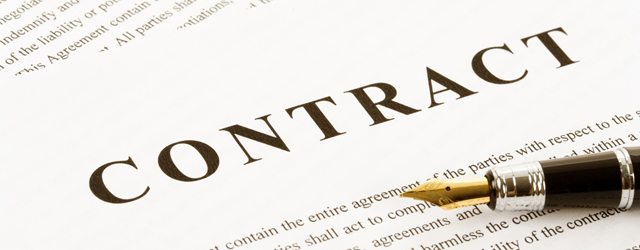Buy Self-help legal documents

Self-help articles - How To ..

This article is focused on New Zealand law and explains issues from a Common law perspective.
How to deal with a problem neighbour's trees within NZ
What can I do if a neighbour's tree is causing a problem?
If a neighbour's trees are obstructing your view or have become dangerous or a nuisance, and discussing the problem with your neighbour hasn't resolved it, you can apply to the New Zealand District Court for permission to remove or trim the trees. You can do this whether you own or are renting your property.
You do not, however, need the Court's permission to remove or trim parts of the tree that are on your side of the boundary: see below.
When will the NZ Court grant permission to deal with the tree?
The Court considers whether it would be fair and reasonable to make the order, and whether the order is necessary to remove or prevent –
- any actual or potential danger to your life, health or property, or to the life or health of any person living with you
- any undue obstruction of your view
- the value of your property being reduced, or
- any other undue interference with the reasonable enjoyment of your land for residential purposes.
The Court will make the order only if the hardship that you or someone living with you would be caused by the Court not making the order would be more than the hardship that making the order would cause your neighbour or any other person.
Other factors the Court considers
In deciding whether or not to make the order, the Court also takes into account –
- the public interest in maintaining an aesthetically pleasing environment
- the desirability of protecting public reserves containing trees
- the value of the tree as a public amenity
- any historical, cultural, or scientific significance the tree has
- any likely effect that removing or trimming the tree would have on ground stability, the water table, or run-off
- when you began living on the property and when the problem with the tree began (but the Court can still make the order even if you began living there after the problem with the tree started).
Who pays the costs of removing or trimming the tree if the Court makes the order?
You, the person who applied for the Court order, must pay the reasonable cost of doing the necessary work, unless the Court thinks that, taking into account your neighbour's conduct, it's fair to make them pay for some or all of the cost.
How much time does my neighbour have to comply with the order?
Your neighbour has one month to remove or trim the tree as required by the order, unless the order gives them more time than this or the Court allows them more time.
What if my neighbour doesn't comply with the order within the required time?
In that case, you can ask the Court for permission to go on to your neighbour's property to do the necessary work, or to get someone else to do this for you. But you don't have to get the Court's permission if you and your neighbour have agreed that you can exercise this right.
If the Court grants permission, it can impose conditions, including –
- requiring you to give a security or indemnity for any costs, expenses or damage
- requiring you to avoid or make good any injury or damage, or
- requiring you to dispose of the trees in a particular way.
After the work has been done, you are entitled to recover from your neighbour the whole of the reasonable cost of doing the work, even if the original Court order said that you had to pay all or some of the cost.
What can I do if my neighbour's tree has already caused me damage?
If the tree or its roots have already caused you damage, you can go to the District Court or Disputes Tribunal to claim compensation. You may be able to claim damages for a "private nuisance".
Can I remove or trim parts of the tree that are on or overhanging my property?
If the branches or roots of your neighbour's tree are on your side of the boundary, you can cut or trim them.
First, however, you should check with your local council that the tree is not protected under the Resource Management Act 1991.
You will have to pay the costs of removing or trimming the parts of the tree that are on your side of the boundary, unless they were a nuisance or causing damage, in which case you can go the Disputes Tribunal or the District Court to recover some or all of the costs.
HowToLaw has partnered with JustAnswer.com
Here you may discuss your legal issue with Lawyer specialising in Family, Employment, Immigration, Property, Business, Consumer Protection, Estate Law and more.












